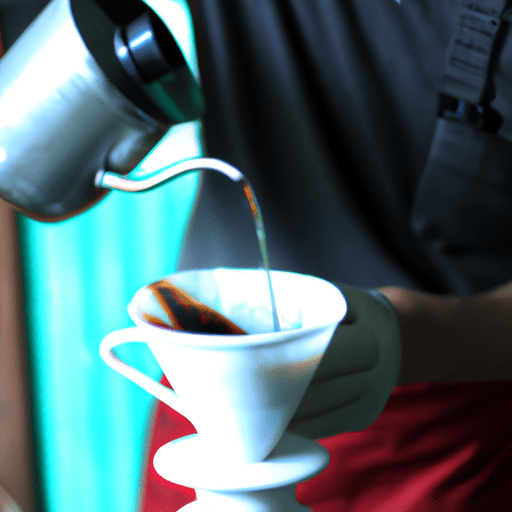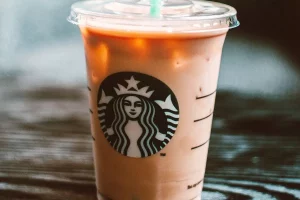The Art and Science of Coffee Brewing | Learn More
5 min read

The Art of Coffee
Coffee has been a beloved beverage for centuries, and it is enjoyed by millions of people worldwide. Whether you prefer a bold, dark roast or a smooth and creamy latte, nothing beats a freshly brewed cup of coffee. However, brewing coffee is not as simple as pouring hot water over a handful of beans. There is an art and science to coffee brewing that can make all the difference in the taste and quality of your cup.
The Science of Coffee Extraction – Understanding the Variables
The key to a great cup of coffee is understanding the science of coffee extraction. Coffee extraction is the process by which water dissolves the soluble compounds in roasted coffee beans, resulting in the rich and complex flavors that we know and love. However, there are various factors that can affect coffee extraction, such as water temperature, grind size, and brew time.
When it comes to water temperature, the ideal range for coffee extraction is between 195-205°F. Water that is too hot or too cold can result in over or under-extraction, leading to bitter or weak-tasting coffee. Similarly, grind size plays a crucial role in the extraction process. A finer grind size will result in a quicker extraction, while a coarser grind size will lead to a slower extraction. Finally, brew time also affects coffee extraction. Longer brew times will result in stronger and more robust coffee, while shorter brew times will produce milder and weaker coffee.
The Art of Coffee Roasting – How it Affects Flavor and Aroma
Another critical factor that affects the taste and quality of coffee is the roasting process. Coffee beans are roasted to develop their unique flavor and aroma profiles. Roasting also plays a role in the acidity and body of the coffee.
Coffee beans go through various stages during roasting, from green to light, medium, and dark roast. Light roasts are typically fruity and acidic, with a light body. Medium roasts are more balanced, with a slightly darker color and a fuller body. Dark roasts are rich and bold, with a smoky flavor and a heavy body.
Getting Down to the Grind
You know, grind size ain’t just about how your coffee looks. It’s a big deal, really. It’s all about how fast or slow the water goes through the coffee. A finer grind? That’s gonna make the water take its sweet time. But a coarser grind? The water’s gonna rush right through. So, you gotta find that sweet spot, right? Experiment a bit, find what works for you.
Pro tip:
For a French press, you’re gonna want a coarser grind. But for espresso? Go fine, real fine.
Water: The Unsung Hero
Water’s just water, right? Wrong! The quality of your water can make or break your coffee. Hard water, soft water, they all interact with the coffee differently. And the temperature? That’s a whole ‘nother story. Remember, 195-205°F is your friend. Too hot, and you’re gonna over-extract. Too cold, and you’re under-extracting. Either way, it ain’t gonna taste right.
Pro tip:
Try using filtered water for your brew. You’ll thank me later.
The Art of the Pour
Pouring water over coffee ain’t as simple as it sounds. There’s a whole technique to it. You gotta wet the grounds first, let ’em bloom. That’s gonna release all the gases and let the water extract all the good stuff. Then, pour in a steady spiral, from the center outwards. Trust me, it makes a difference.
Pro tip:
Invest in a gooseneck kettle. It gives you more control over the pour.
Timing is Everything
Brew time’s another thing you gotta watch. Too long, and your coffee’s gonna taste bitter. Too short, and it’s gonna be weak. Like everything else, it’s a balance. For a French press, aim for 4 minutes. For an espresso, you’re looking at 20-30 seconds.
Pro tip:
Use a timer. Don’t leave it up to guesswork.
Wrapping Up
Coffee’s a science, sure. But it’s also an art. It’s about experimenting, finding what works for you. So go ahead, play around with your grind size, your water, your pour, your brew time. Find your perfect cup. It’s out there, waiting for you.






